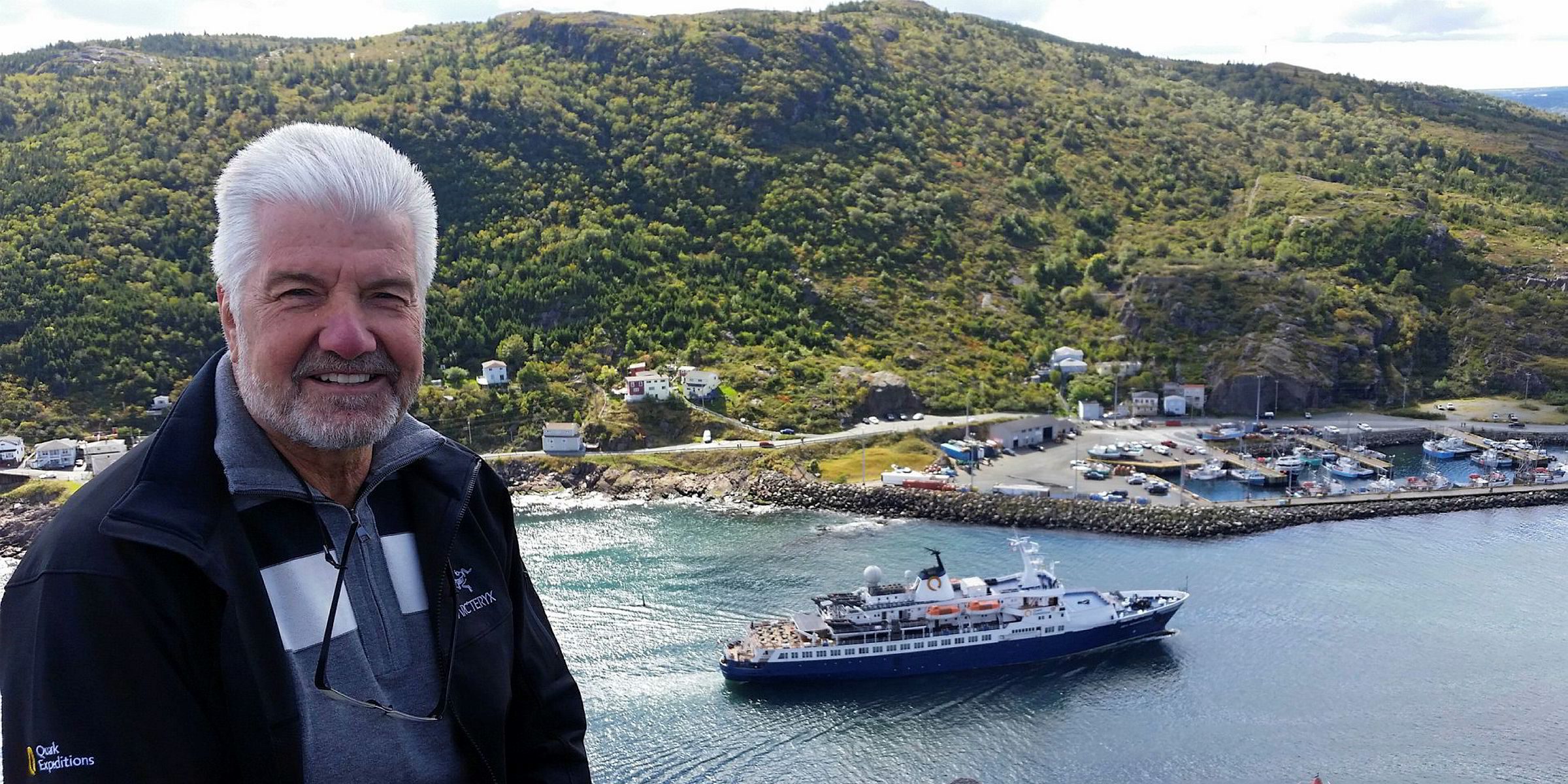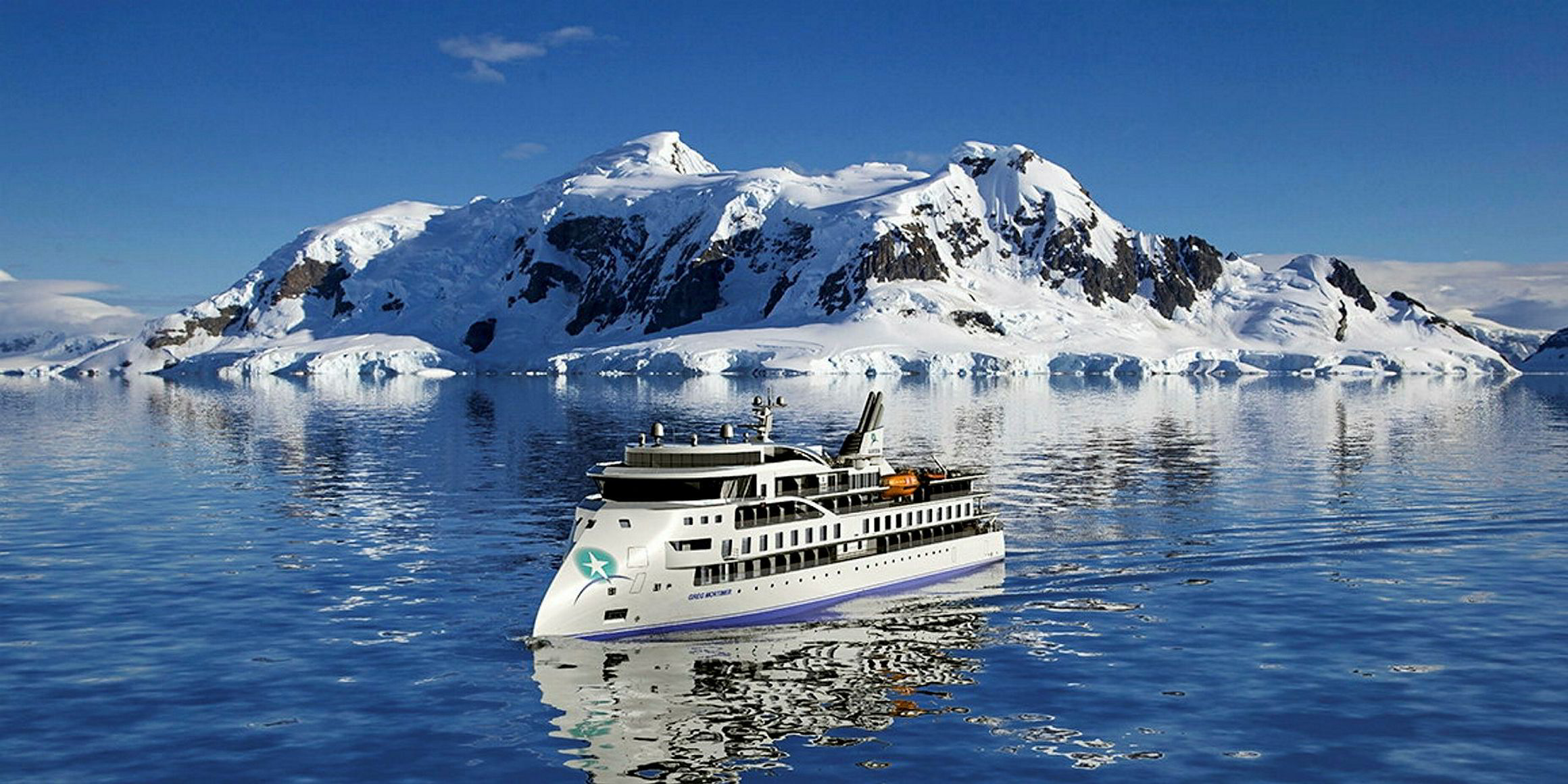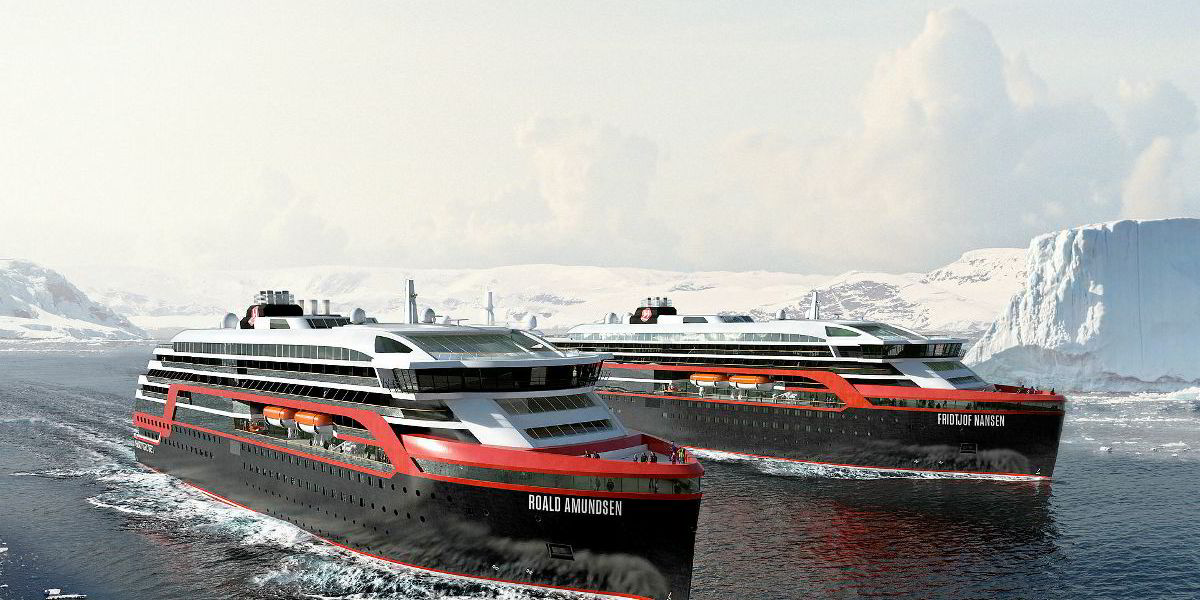Cruiseship operators are fast shaking off the traditional image of being stuck in a time warp of elderly passengers playing bridge in the afternoons, sipping cocktails and dressing to the nines for evening dinner.
Not only are vessels being built with climbing walls, aqua parks and fitness centres, owners and operators have been falling over each other to find yard slots for expedition cruiseships.
More than 20 such vessels are currently on order, plus various options, as the public especially looks to the Arctic and Antarctica for new experiences.
Zodiac inflatable boats take passengers up close to spectacular scenery and wildlife. And, as with the large cruiseship sector, the surge in expedition newbuildings is segmenting the market depending on price and itineraries.
Armed with decades of experience in the passengership market is Niels-Erik Lund, chief executive of Miami-based SunStone Ships, which is building a series of up to 10 expedition cruiseships at China Merchant Industry Holdings (CMIH).
Lund plays down fears of a newbuilding bubble, given the average age of the existing expedition cruiseship fleet is around 29 years — many of which were converted from other vessel types including ferries.
Around 40 ships will have to be scrapped over the next 10 to 15 years, leading Lund to say he is reasonably optimistic if scrapping is combined with an expanding market and new segments within that come online.
Very different ships are being ordered and the view is this will expand the market. Many are not what most consider typical expedition vessels, as well as ranging greatly in size and luxury.
Among them are two 600-passenger Hurtigruten ships for deployment in polar waters — the company’s biggest investment in its 120-year history.
At a forum in London, Hurtigruten’s Rune Thomas Ege talked about the growing appeal of the Arctic and Antarctica, which, until recently, was just a bucket-list, once-in-a-lifetime destination.
But as numbers grow, so does demand for “sustainable operators”. Hence, the Roald Amundsen and Fridtjof Nansen — when delivered — will be the world’s first battery-powered hybrid ships.
Observers note that with 600 passengers, Hurtigruten is unlikely to be offering guests the opportunity to hop in and out of a Zodiac two or three times a day compared with operators of the more exclusive 100 or 150-passenger expedition cruiseships.
But Lund says that while they are unlikely to be competing with SunStone’s fleet, he expects Hurtigruten to be successful and grow the market.
At the top-end, long-time river operator Scenic will enters with its Uljanik-built, 200-passenger, ice-class 1A newbuilding Super Scenic Eclipse later this year, which will feature a seven-person submarine, two helicopters and cabins starting at a huge 344 square feet (32 square metres).
Also, Crystal Cruises’ Galapagos-focused Celebrity Flora — due for delivery next year — will cater for just 100, all-suite passengers, while the Crystal Endeavour, the first of three mega-yachts designed for polar regions and featuring underwater scooters, jet skis and suites up to a staggering 3,122 square feet (290 square metres), will arrive a year later.
“Again, that is not the standard expedition-type ship,” one commentator says.
The vessels will be very expensive to sail on but "I don’t think they will take passengers away but instead create a bigger market".
“We are seeing ships with small cabins down to 12 to 13 square metres and then those with absolutely huge cabins we haven’t seen before," the commentator says. "A very big spread of onboard product.”
However, many ships have similar facilities, with one or two restaurants and a couple of bars, but the source says “the destination is the main feature of expedition cruising and that is what they are buying”.
On the technology side, the newbuilding orderbook also features a wide range of vessels.
Unlike some, Sunstone, for example, has opted to build its ships to requirements of the International Convention for the Safety of Life at Sea (Solas)'s Safe Return to Port standards, even though it is not a legal requirement for this size of vessel. They will also have Polar-class 6 notation under the International Code for Ships Operating in Polar Waters and have zero-speed stabilisers.

“I think we are seeing different ships from a passenger comfort and safety point of view,” says Lund, the first of whose newbuildings — the Greg Mortimer — has been chartered to Aurora Expeditions, which currently operates two converted Russian-owned 1,700-gt research ships.
Charters for the other three firm Sunstone vessels are likely to be announced soon.
One of the most significant developments is Ponant of France’s order for a dual-fuel, electric-hybrid Polar-class 2 icebreaker cruiseship to be built at the Fincantieri-controlled Vard Tulcea yard in Romania.
It will be able to explore areas beyond the capability of all other newbuildings that are being constructed for operation in less-demanding cold and warm waters.
Lund believes all operators of expedition cruiseships are currently “profitable and successful”.
"I think, in general, the market is good," he says. "We have all our ships chartered out.”
Sunstone’s fleet totals 11 vessels, of which eight are classed as expedition ships.
Lund says the decision by Aurora Expeditions to take a 50% stake in the first SunStone newbuilding being constructed in China was not the norm for the fleet.
"We normally have our own investors but this was a requirement of Aurora’s owners... and we accepted that,” Lund says.
(Additional reporting by Michael Juliano in Stamford)




